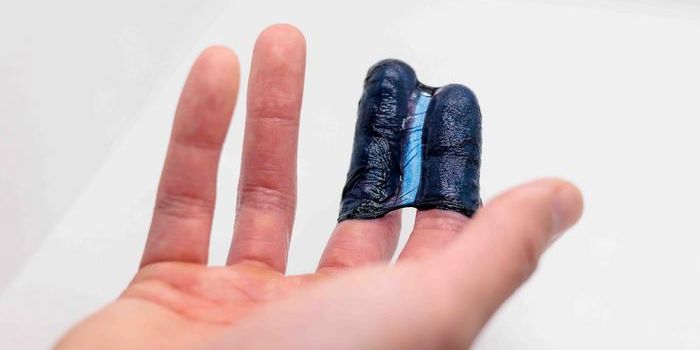Physicists have shed light on the intricate dynamics underpinning a mysterious tongue condition that has been puzzling the medical community for decades.
Known as geographic tongue (GT), the condition affects about two per cent of the population and is characterized by evolving red patches on the surface of the tongue that-as the name suggests-can have a map-like resemblance.

The red patches appear due to the loss of one of four types of tiny hair-like protrusions, called papillae, which cover the surface of the tongue. Despite extensive research, the exact cause of GT remains unknown.
Researchers from the Weizmann Institute of Science, Rehovot, Israel, approached the problem of GT as if it were an "excitable medium"-a system through which a wave of some description can pass across, and which cannot support the passing of another wave until a certain amount of time has passed.
A forest fire is a classic example of an excitable medium-it can spread through a forest, but cannot return to a burnt spot until the vegetation has regrown over time. Just as the development of these fires can be strongly affected by external conditions (such as the strength of the wind), the researchers note that conditions surrounding the tongue may also have important consequences on the dynamics of GT.
GT can spread across the tongue in two different ways, each of which has distinguishing characteristics that could be used to diagnose the severity.
The condition, which typically starts as small spots on the tongue, can continue to gradually expand in circular patterns until the whole tongue becomes affected. Once affected the whole tongue then heals itself. Alternatively, it can develop through the formation of spiral patterns. The researchers' simulations showed that these spirals evolve into regions of the tongue that are still recovering, causing that particular region to be excited again.
"While the propagation of small, circular lesions results in the whole tongue being gradually affected and subsequently healed, the propagation of spiral patterns involves a continuous, self-sustaining excitation of recovering regions, implying a more acute condition that will linger for a relatively long period of time," says the study's lead author Gabriel Seiden, PhD, Max Planck Institute for the Physics of Complex Systems.
The researchers performed several numerical simulations to closely examine and visualize the development of the condition, and have devised a new way of identifying the severity of individual cases. They hope the findings will lead to a practical assessment that physicians can use to diagnose GT, as well as inspire further research to ultimately find out what causes the condition.
"Going forward, we intend to collaborate with physicians and dentists who treat GT patients to obtain valuable-and often scarce-empirical data regarding the dynamic evolution of the condition," Seiden says.
The study, "The tongue as an excitable medium," was published April 1 in the Institute of Physics (IOP) and German Physical Society's New Journal of Physics.
[Source: IOP]









